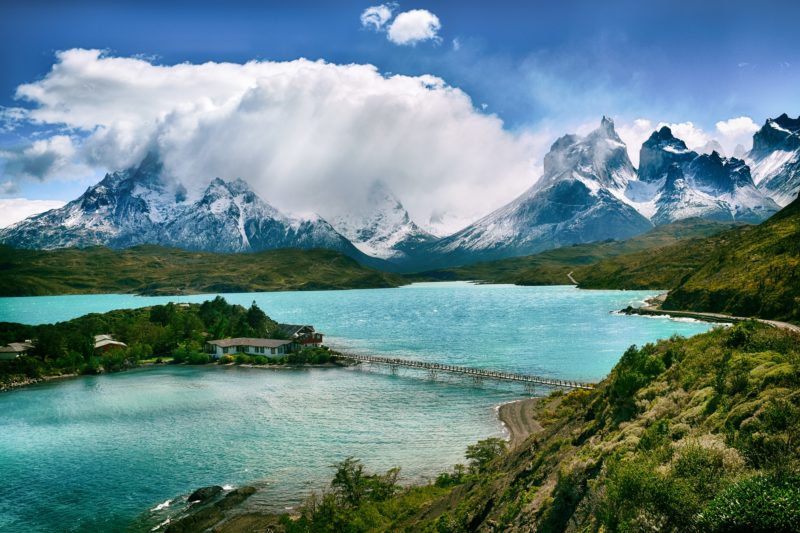
Photo by Olga Stalska on Unsplash
On October 6, 2021 the World Health Organization made a historic announcement. They had approved the world’s first malaria vaccine, which had been in development for more than thirty years. Of course, this amount of time is trivial compared to the history of malaria itself. The disease is one of humanity’s oldest scourges. There are tombs along the Nile that hold mummies who died of malaria. As Rome collapsed in the late fourth and fifth century malaria ravaged Italy, and depopulated entire regions. When a Spanish conquistador descended the Amazon river from Peru to the Atlantic, the friar Carvajal reported that the river bank was so densely settled that each town lay only a crossbow shot from the next one. A hundred years later these communities had vanished. And even today in Africa and southeast Asia every year hundreds of thousands of children either die or are left with life long disabilities (such as epilepsy) from the disease. In many regions, it’s almost impossible to avoid, although the WHO has put great effort into promoting sleeping nets and insecticides.
I recently did a podcast interview with Dr. Marylynn Steckley, who talked about her experience researching in Haiti, while both she and her family suffered from frequent illness. Malaria makes some parts of the world difficult to live and work in for everyone, including outsiders. Although I have not had malaria, I have known many people who have, and for whom it had an enduring impact on their health. Indeed, for many of my Africanist colleagues it was almost assumed that they would acquire the disease, and perhaps live with it’s long term effects. Some of my African colleagues -such as one archaeologist- have many stories about their bouts with the disease.
It’s ironic that during this terrible COVID-19 pandemic we finally have some positive news. This is not only the first vaccine against malaria, but -as many observers note- the first against any parasitic disease. As such, it’s a proof of principle. Some people have wondered if it might prove to be impossible to develop vaccines against these class of diseases, since parasites have evolved to overcome the human immune system for long periods of time. Now we have seen that it can be done.
The vaccine is known as RTS,S/AS01, and it has its limitations. It’s only effective around 40% of the time. It also requires four doses. Even so, given that more 200 million people a year are infected with malaria, this can prevent an immense amount of suffering. More vaccines are in the development process.
There is something remarkable about this new vaccine. It relies on an ingredient from an evergreen tree (the quillay tree) that grows in only one place in the world, Chile on the Pacific coast of South America. This rare ingredient is an adjuvant, which is an ingredient in a vaccine that helps to create an immune response in the human body. The first useful medication for malaria was quinine, which comes from a tree grown in the Amazonian region. Now, once again, Indigenous knowledge and a South American plant, is proving vital in the struggle against malaria. It also places intense pressure upon the stocks of the quillay trees, especially as this ingredient is also being used to develop at least one COVID-19 vaccine and a shingles vaccination. There is currently a technological race on to understand how to extract this ingredient from seeds and immature Quillay trees, because currently the supply replies upon mature trees of at least thirty years of age.
Humanity still has a long way to go in this fight against a killer that even affected pharaohs. But -with help from an usual Latin American tree- the world has its first vaccine, and that is an immense step forward.
